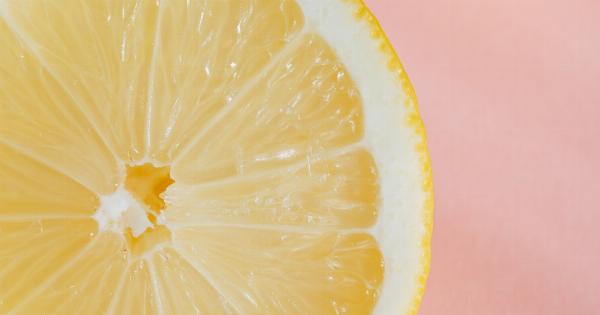Tickling is a peculiar sensation that most people have experienced at some point in their lives. It is often associated with laughter, joy, and a tingling sensation that can be both pleasurable and unbearable.
But have you ever wondered why we tickle and why it evokes such unique reactions? In this article, we delve into the strange and curious nature of tickling.
What is Tickling?
Tickling can be defined as a sensation caused by light touches, strokes, or vibrations on sensitive parts of the body, most commonly the soles of the feet, underarms, or ribs.
It often induces a reflexive response, causing laughter, squirming, or withdrawal.
The Two Types of Tickling
There are two distinct types of tickling: knismesis and gargalesis.
1. Knismesis: This type of tickling is characterized by a light, feathery touch that typically triggers an itching or tingling sensation. It is often associated with a mild discomfort rather than laughter.
2. Gargalesis: Gargalesis tickling, on the other hand, involves more intense, repetitive, and unpredictable stimulation that typically elicits laughter.
It often requires a certain level of surprise or unpredictability to trigger the response.
The Science Behind Tickling
Tickling has long intrigued scientists, and numerous theories have been proposed to explain this fascinating phenomenon. Here are a few prominent theories:.
1. Self-Defense Mechanism
One popular theory suggests that ticklishness has evolved as a self-defense mechanism. Certain areas of the body, such as the underarms and ribcage, are highly sensitive and vulnerable to attack.
Tickling may have developed as a way to sharpen reflexes and increase vigilance, helping individuals protect these vulnerable areas from potential threats.
2. Social Bonding
Tickling often occurs in lighthearted, playful contexts and is commonly associated with child-parent interactions. It is believed to play a significant role in strengthening social bonds, particularly between parents and children.
Tickling releases endorphins and oxytocin, the “happy hormones,” which can enhance feelings of trust, affection, and bonding.
3. Nervous System Confusion
Another theory suggests that tickling elicits laughter due to the human body’s inherent inconsistency in interpreting touch.
When you tickle someone, their brain may anticipate a potentially dangerous or unpleasant touch due to the unpredictable nature of tickling. However, the actual touch turns out to be harmless and non-threatening, leading to confusion in the nervous system and resulting in laughter.
Tickling Across Cultures
While tickling is generally considered a universal experience, its perception and acceptability can vary across different cultures.
In some cultures, tickling is widely enjoyed and encouraged, whereas in others, it may be seen as invasive or even taboo.
For example, in Western societies, tickling is often viewed as a playful and harmless activity, particularly between parents and children or among friends.
However, some cultures may discourage or frown upon tickling, considering it a violation of personal boundaries.
Is Everyone Ticklish?
While most people experience ticklish sensations to some degree, not everyone is ticklish. The degree of ticklishness can vary greatly from person to person. Some individuals may have highly ticklish areas, while others may hardly feel ticklish at all.
Tickling: Not Always Fun
Although tickling is generally associated with laughter and amusement, it is essential to recognize that it is not always enjoyable for everyone. Certain individuals may find tickling to be uncomfortable, distressing, or even painful.
It is crucial to respect personal boundaries and consent when engaging in any form of tickling.
The Dark Side of Tickling
While tickling is mostly harmless and fun, there have been instances where tickling has been used as a form of torture. Tickling can become unbearable and agonizing when pushed beyond a person’s tolerance level.
This darker side of tickling highlights the importance of consent and understanding when engaging in tickle play.
The Future of Tickling
As we continue to explore the peculiar nature of tickling, scientists hope to uncover more about its physiological and neurological underpinnings.
Further research could shed light on the exact mechanisms that trigger laughter and pleasurable sensations during tickling, providing a deeper understanding of this uniquely human experience.
In Conclusion
Tickling remains an intriguing and elusive phenomenon. It brings joy, laughter, and strange sensations, while also raising significant questions about our evolutionary past, social interactions, and the intricacies of our nervous system.
So, next time you find yourself tickled, embrace the laughter and enjoy the curious nature of this ticklish experience.































